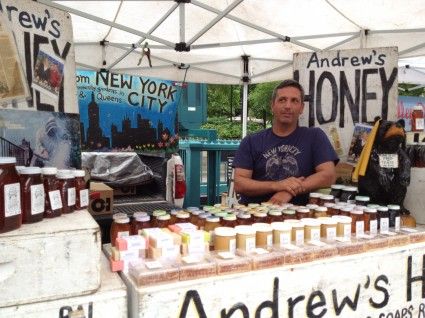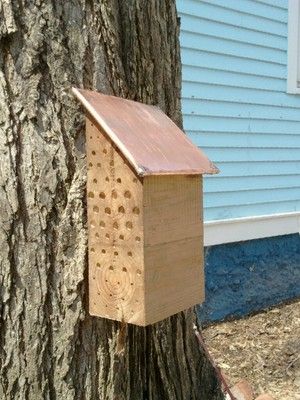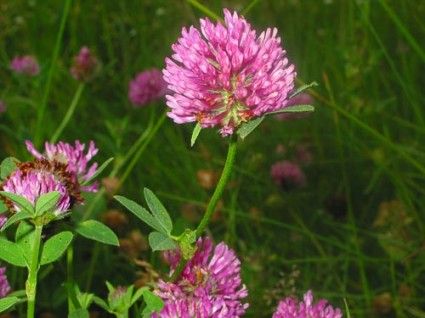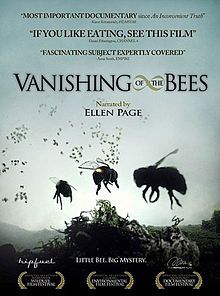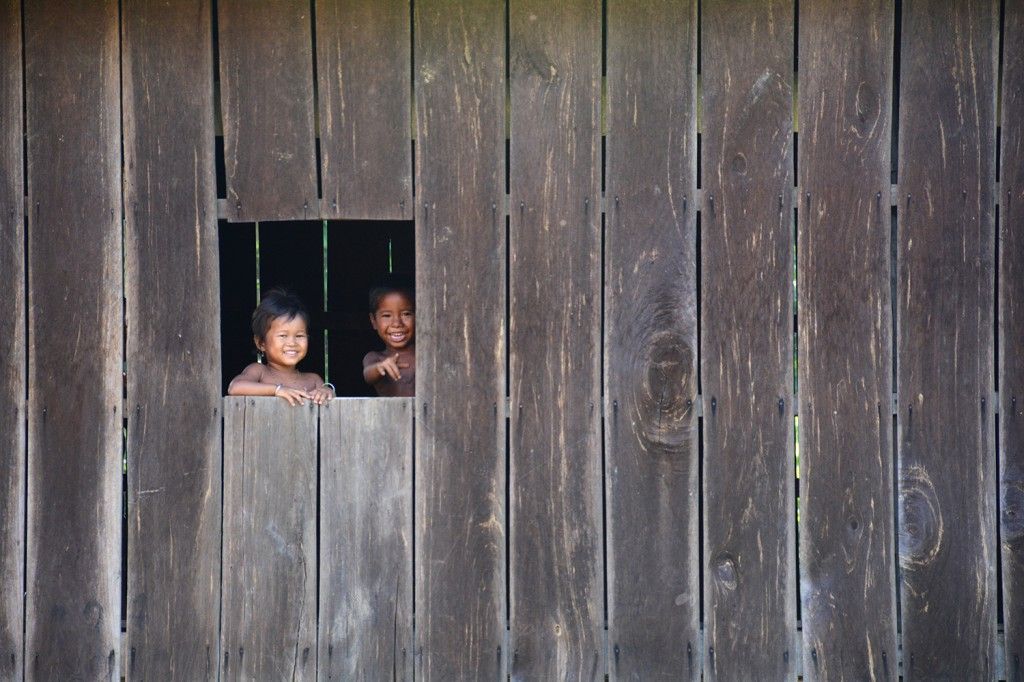Sir Ken Robinson: Do schools kill creativity? from TEDTalks on Vimeo.
Author Archives: Paz Romano
8/19 Quote: Kurt Vonnegut
“To practice any art, no matter how well or badly, is a way to make your soul grow.” ~Kurt Vonnegut
What the Prisoner’s Dilemma Taught Me
I’m more actively engaged in learning more now than I ever was in college but there are college intellectual experiences that I often reflect on. Learning about psychologist Robert Alexrod’s 1984 experiment, The Prisoner’s Dilemma is one of those.
This experiment taught me about decision making and the role that emotions play. It taught me about human nature and the nature of relationships.
The hypothetical prisoner’s dilemma is as follows:
You and a friend have committed a crime and have been caught. You are being held in separate cells so that you cannot communicate with each other. You are both offered a deal by the police and you have to decide what to do independently. Here’s the deal:
- If you confess and your partner denies taking part in the crime, you go free and your partner goes to prison for ten years.
- If your partner confesses and you deny participating in the crime, you go to prison for ten years and your partner goes free.
- If you both confess you will serve six years each.
- If you both deny taking part in the crime, you both go to prison for six months.
What will you do?
Analyzing potential outcomes of this experiment guided me down the path of critical thinking. This type of experiment helps teach you how to think. Learning how to think is much more valuable than the usual Western school tasks that induce short+term cramming and short+term memorization. This type of experiment sparks curiosity and improves brain functioning. This type of learning creates engrained lessons that last.
So, what would you do if you were faced with The Prisoner’s Dilemma?
Mountain Pose and Meditation for Beginners
Mountain Pose and Meditation for Beginners
Mountain pose is great for meditation for beginngers. Mountain pose, one of my “go+to” meditations, is a standing barefoot yoga pose. It is also known as Tadasana in the Sanskrit language.
I love this meditation because it’s great for beginners and advanced meditators. It’s accessible every day.
How/Why Mountain Pose works as a Meditation for Beginners
If you’re outside, stand barefoot, close your eyes, inhale deeply and exhale deeply. Being barefoot or “earthing” has enormous benefits in itself, as we touched on in this post.
Place your hands by your side and face your palms forward. Relax your fingers. Placing your hands this way allows you to feel the energy (prana) flowing in your fingers and fingertips.
Make sure your big toes are touching and squeeze your shoulder blades together. This will straighten your spine, allowing energy to flow. Your chakras, especially the heart chakra will open.
Remember to exhale through your nose, using Ujjai breath. The inhale and exhale are longer than your usual non+voluntary breaths throughout the day. The inhale and exhale are even in length, strong, steady, and consistent. Your tongue is relaxed, not pressed up against the roof of your mouth.
Next Steps in Mountain Pose
Notice the difference of each intentional deep breath compared to your involuntary breathing. Notice what’s going on inside your body and mind. For me, sometimes 3 or 4 of my upper vertebrae crack on my first few deep inhales from taking in more oxygen and increasing lung capacity.
Focus your attention on the present moment. If and when your mind begins to wander, don’t become angry. Instead, gently bring your awareness back to the present moment.
With your palms facing forward and your feet in union with the ground, you will feel the energy pulsating in your fingertips and other body parts. Become keenly aware of your surroundings. The subtle breeze. The sounds of insects and birds. The smell of late summer. Take it all in and enjoy this escape from the “monkey mind syndrome” of jumping from thought to thought.
But I work a desk job, I can’t be barefoot outside
If you can’t be outdoors, you can still practice this meditation. Take off your shoes (it is important to remove barriers between you and the earth so you can more easily connect) and begin the meditation.
This is a great meditation for those with desk jobs. Even if it’s just for 2 minutes, this meditation will center you and help you connect to God or the universe.
What are some other meditation for beginners methods?
~Stay Lucid
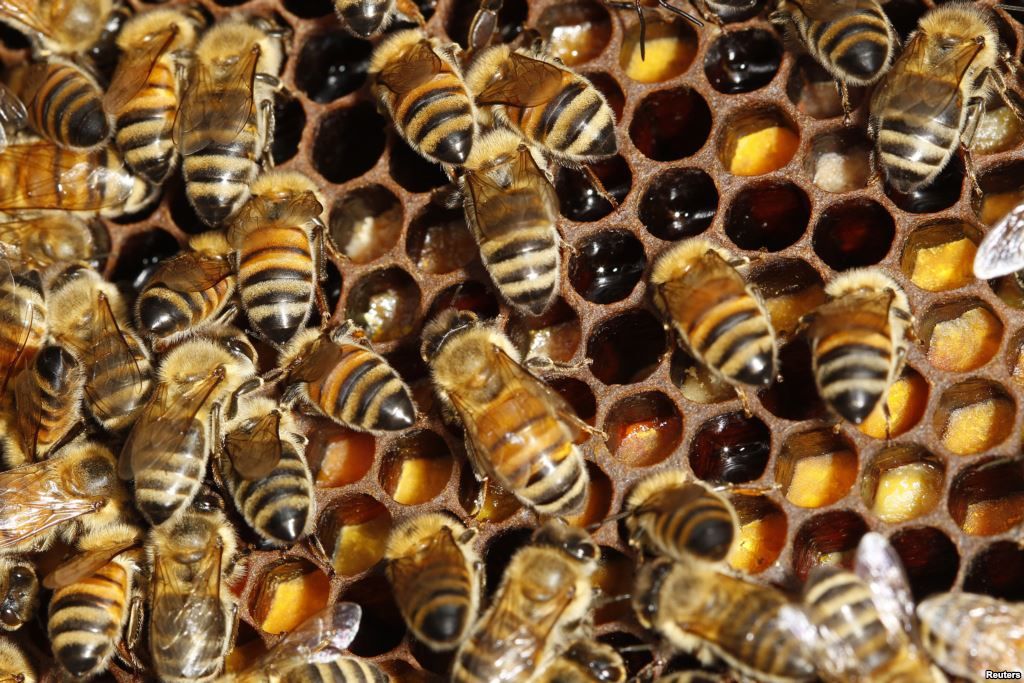
4 Things You Can Do to Save the Bee Population and Why it Matters
How and Why We Should Save the Bee Population
Without bees, our society would be completely different. An astounding 71% of the hundred crops that provide nine-tenths of the world’s food are pollinated by bees. Bees enable plants to bear fruits and vegetables. Without bees, some fruits and veggies would not be accessible, and we wouldn’t be able to feed livestock effectively.
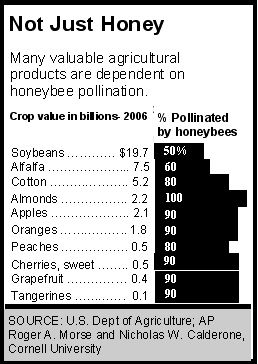 Bees also provide us with honey and bee pollen, two resources that are incredibly useful when consumed. Sadly, the average jar of honey you see in the local grocery store has been destroyed by pasteurization methods. It is essentially junk food disguised as health food. But, raw local honey is a superfood loaded with antioxidants, enzymes and vitamins.
Bees also provide us with honey and bee pollen, two resources that are incredibly useful when consumed. Sadly, the average jar of honey you see in the local grocery store has been destroyed by pasteurization methods. It is essentially junk food disguised as health food. But, raw local honey is a superfood loaded with antioxidants, enzymes and vitamins.
Benefits of raw local honey:
Decreased pollen related allergies
Bees collect nectar from the very plants that are making you stuffy and irritated. By eating a spoonful of raw local honey, you’re introducing pollen to the body, thus gradually building up the body’s tolerance to seasonal allergies. Begin consuming raw local honey two months before allergy season for best results.
Improved immune system
Raw local honey is loaded with anti+fungal and anti+viral properties.
Better sleep
Ingesting raw local honey raises our insulin slightly and allows tryptophan to enter our brains more easily. Eat a spoonful of honey when feeling anxious or when having trouble sleeping.
Bee pollen: the healthiest food you’ve never heard of?
Researchers in Russia found: “Honeybee pollen is the richest source of vitamins found in Nature in a single food. Even if bee pollen had none of its other vital ingredients, its content of rutin alone would justify taking at least a teaspoon daily, if for no other reason than strengthening the capillaries. Pollen is extremely rich in rutin and may have the highest content of any source, plus it provides a high content of the nucleics RNA [ribonucleic acid] and DNA [deoxyribonucleic acid].”
Here are the benefits of ingesting bee pollen:
- Inhibits the development of harmful bacteria
- Decreases inflammation in the body
- Increases ovarian function
- Rich in protein (more+so than cow, pig, chicken or any animal source!)
- Good source of amino acids
- Increases the body’s white blood cells (essential for defending against viruses and diseased cells)
What’s happening to the bees?
In recent years, an alarming trend has begun. Bees are dying off in record numbers (we’re talking millions). Just two months ago, 50,000 bees died in a parking lot in Oregon. The phenomenon known as CCD (Colony Collapse Disorder) has not yet fully been explained but The New Yorker does a great job of laying out the issues in this article. Some of the possible culprits:
- Genetically Modified Organisms
- A type of pesticide called neonicotinoids
A nation scared of bees
I remember being younger and being paranoid of being stung. I would be antsy and upset whenever I saw a swarm of bees. It seems today as though we as a nation take the same approach. We’re very quick to kill bees and we dismiss them as nothing more than a nuisance. Knowing how important bees are to our lives, it seems to be in our best interest to take the opposite approach and start protecting and cherishing bees.
Interestingly, while 15% of the population says they’re allergic to bees, tests have shown that the number is closer to 1%. Can we change these damaging perceptions?
What can we do to save the bee population?
I used to swat bees and kill them without thinking twice. Now, I’m grateful for bees and I’m in awe of nature’s process each time I see one of them pollinate a flower in our garden. What’s the reason for the difference in radically changing my approach? Education.
Education
I simply didn’t realize how important bees are. Education is the key to changing behavior.
It’s paramount that we educate people on the importance of bees. But, how to educate? For one, start by sharing this article with a friend or your network.
Next time you see one of your friends try to swat a bee, bring up the points made in this post and explain their importance.
Purchases bee boxes
Bee boxes are homes for bees to create hives in. Purchase bee boxes and place them in the outdoors so bees can flourish. Your garden will also benefit from the increase in pollinators.
eBay auction for a terrific bee box
Eliminate usage of harmful pesticides.
They’re bad for you, bad for the soil, and bad for the bees.
Grow plants that bees like.
The more bee friendly plants there are, the more bees there will be. 🙂
Melissa has a great list of plants honey bees like here.
Bees not only provide us with incredible health food products such as raw local honey and bee pollen, but they also pollinate an enormous amount of our crops. Recent estimates state that bees contribute more than $200 billion to the global economy. Bees are mysteriously dying off and no one seems to know about it. There are actions we can take and it starts with being informed and educating. For more information, watch (free on Netflix):
~Stay lucid
40 Maps that Will Help you Make Sense of the World
The “upside down map” since “north” is arbitrary. For more great maps, see — here.
Truly amasing (with an “s”). Thanks to Twisted Sifter for the link.
5 Ways to Achieve Wellness Through Mindful Eating
1. Eat at a table.
Ahh, the Western productivity obsession.
A desk at work does not count as a table. Nor does your car on the way to work. Scarfing down a sandwich while staring at a computer screen or racing through traffic ~ these are not lucid practices.
We’ve become so accustomed to multi+tasking that we unknowingly ditch mindful practices (such as eating) for the sake of productivity.
Keeping in mind the effects that meditation has on the brain, you’ll likely be more productive after a break from the computer and a mindful meal. Your brain will thank you for giving it a rest from the task at hand and you will have spurred creativity by engaging in a lucid lunch.
2. Pray before each meal.
It doesn’t matter if you’re Christian, Buddhist, Jewish, atheist, etc. The fact that you have a meal in front of you demonstrates how fortunate you are. By praying, you acknowledge your gratitude and center your focus on the food you’re about to eat.
3. Chew for presence and health. Can mindful eating save lives?
Pancreatic cancer is one of the most deadly diseases and it has been linked to not fully chewing food.
I recently read Living Buddha, Living Christ by Thich Nhat Hanh and in it he explained that monks usually eat in silence and chew each bite 100 times in order to appreciate their food and aid in digestion. We’re not suggesting that you go from thoughtless eating to monastic eating overnight, but it’s helpful to see just how devoted some practitioners are.
4. Eat food you’ve caught, grown, or hunted.
If you’ve ever eaten food from your own garden or from a friend’s garden, you can tell the difference. The average Western consumer has become so divorced with the source of their food, most of the time having no idea where or how their food was grown, caught, or killed (yes, if you eat meat or fish, the animal was killed.)
If you grow your own food, you have a better appreciation about the process of nurturing a crop. You’re likely to appreciate and be more present when eating something you’ve grown. Plus, if you grow your own food, you know that you’re not ingesting harsh toxins and pesticides whereas with store bought food, it’s anybody’s guess.
One of my favorite parts about eating in China was that the whole body of the animal was cooked and brought to us for each meal. Often times, we saw the live animal right before we ate it. This practice gives you a connection with the animal instead of the dehumanization that big poultry companies in the West adhere to.
An image of a delicious chicken dish Brian and I ate in a small village in Longsheng, China. Notice, the head and feet are in the dish, reminding us, “Yes, this is a real animal.”
It’s almost as if big poultry companies say, “Here’s a slab of meat, don’t think about where it came from.” Perhaps it’s a ploy to prevent consumers from considering the conditions in which the animal was raised and killed ~ but that’s for another post.
5. Turn off the TV and discuss your meal.
Most of us aren’t at the monastic point of eating in silence. Practically speaking, many of us eat meals with family and friends. Instead of zoning out and watching the news, sports, or a sitcom ~ engage in a conversation about your meal. Talk about the texture, flavor, temperature, quality, etc. You’ll become more in touch with your senses. You’ll find that this helps you learn about why you and your family and friends like certain food and perhaps this will help you try new things.
Mindful eating helps us with proper digestion, eating the right amount of food, the overall enjoyment of food, and learning and becoming more in touch with ourselves and others.
What’s your biggest challenge to eating mindfully? What mindful eating tips do you have for our readers?
Interesting Use of Kale
Lina, a friend from the Westport Community Gardens, grows kale and other vegetables for the sole purpose of donating it to the local homeless shelter. This is a beautiful, selfless act.
Any donation, I’m sure, is appreciated and useful. But donating something that takes time, energy, and love is amasing. Instead of donating a box of sugary cereal or a can of processed food, Lina donated organic, fresh, local leafy vegetables ~ one of the best things a human being can ingest.
Think of all the time spent tilling the soil, planting the seeds, composting, and watering…. all for the benefit of someone else, someone in need. Lina donated in an intentional, thoughtful, loving way.
Thank you Lina, for introducing us to this lucid practice.
Incorporate Yoga Everyday Through Aparigraha
Aparigraha and Nonattachment in Everyday Life
Aparihraha is part of yogic philosophy. For an introduction to yoga philosophy, it is important to learn about the yamas and niyamas.
Aparigraha and Nonattachment Overview
Aparigraha is one of the yamas ~ the definition is nonattachment. Feelings, thoughts, emotions, and possessions are all impermanent. This post will focus on nonattachment to material possessions.
What we own ends up owning us. You can see this every day in your own life and the life of your friends and family.
If you’re a recent college graduate, adhering to the Aparigraha principle will give you freedom from the debt and obligations that shackle your friends and perhaps your parents. If you follow the path that American society dictates, you might find yourself trapped in a mountain of debt and useless possessions.
Possessions end up owning you, not the other way around.
Shackles Holding Us Back
I know so many people who would like to travel and live an extraordinary life but they’ve imprisoned themselves with debt by conforming to societal norms. Society tells us that we need to go to a great college and get a great job and then buy a great car and a great home. And then buy a bunch of great stuff to fill up the home. Is this really necessary?
I’ve fallen into the possession and attachment trap, what can I do?
Car payment? Student loan debt? Credit card debt? Mortgage? Garage full of useless items? Closet full of clothing you don’t wear?
The solution is to sell your crap, pay off your debt and change your mindset. On eBay and Amazon, one man’s trash is another man’s treasure. There will likely be buyers. If not, give it away. Giving is one of the most gratifying feelings in the world. If you need additional incentive, consider the tax credit offered to those who donate used items.
There was a study done that showed that true to the Pareto Principle, Americans wear 20% of their clothing 80% of the time. Look in your closet. There is probably numerous pieces of clothing that you haven’t worn in years. Get rid of them. Getting rid of physical clutter has been proven to rid your mind of mental clutter in the process.
By practicing yoga, meditating, reading and studying the great teachers, one will soon realize that the feeling we get from accumulating material possessions is a hopeless, fleeting pleasure.
Attachment and Making Consumer Purchases
Think of a recent time you purchased an article of clothing. You really liked it at first, right? But as time went on, you probably became accustomed to the piece of clothing and your affinity for it faded. You either lost it or it sits idle in your closet. Before you buy, realize that the good feeling you get from purchasing is impermanent. The purchase is probably unnecessary. This realization will help prevent the buildup of useless crap.
Why is it this way in America?
If we grew up in Japan, our attitude towards saving would likely be completely different. America is a debt driven society where consumers are encouraged to spend because it stimulates the economy in the short run. The average American ends up with mountains of high interest credit card debt by buying things that we don’t need.
As a society, we’ve lost touch with what matters. It seems many Westerners are concerned with celebrities and gaining social kudos from peers. We’ll do anything to satisfy this craving. Moreover, we’re so addicted to technology that it has become difficult to sit in silence and observe what’s going on in our minds.
In our travels to Cambodia, we witnessed the complete opposite. The locals were so happy and they had so few material possessions.
Test to Determine your Level of Attachment
Next time you misplace your cell phone or computer or another valuable item, notice your reaction. Are you mad? Sad? If so, take a second and reflect. I often cringe when I drop my iPhone in “fear” that I had just shattered the screen. But isn’t it a bit ridiculous to let the status of a possession dictate your happiness? Let’s reduce this attachment to possessions and limit craving for items.
Conclusion on Aparigraha and Nonattachment
Some of us are always chasing…. chasing an impossible fleeting feeling of “happiness” that supposedly comes from accumulating material possessions. There are not enough material possessions in this world that will make you truly happy. This can only come from within.
Let’s strive to take the opposite approach to those on the hit American TV series Hoarders. Pursue your needs, not your desires and you’ll have more freedom in life. Be content with less.
“My barn has burned to the ground, now i can see the moon.” ~Japanese Proverb

